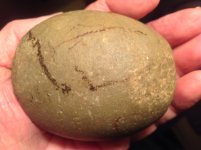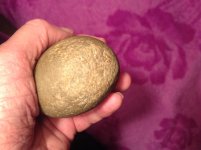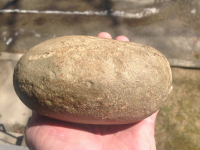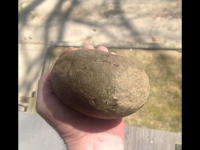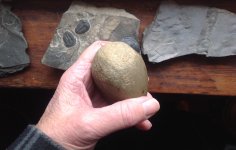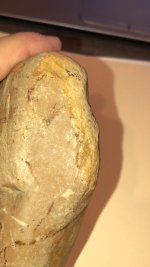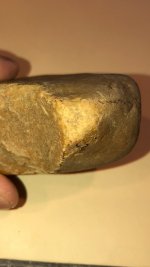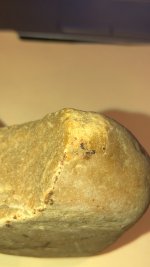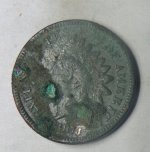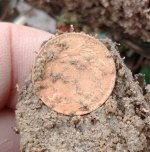At first glance you’d think that this is just a rock but there seems to be some pecking marks on two spots. It does fit nicely in your hand, which definitely doesn’t mean that it’s an artifact, but the two spots that seem to have different color and texture leads me to believe that someone could have used this rock at some point to hammer on something.
It’s also worth noting that this was found in a field where I have found other artifacts and many rocks with implement marks on them. These marks could be from a plow but it looks like pecking to me..
What do you think?
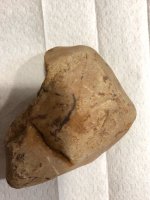
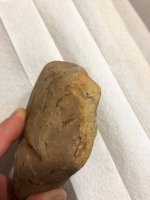
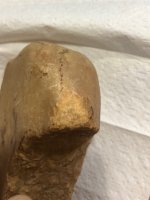
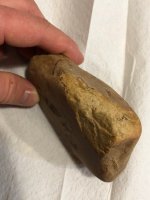
It’s also worth noting that this was found in a field where I have found other artifacts and many rocks with implement marks on them. These marks could be from a plow but it looks like pecking to me..
What do you think?




Last edited:
Upvote
0


